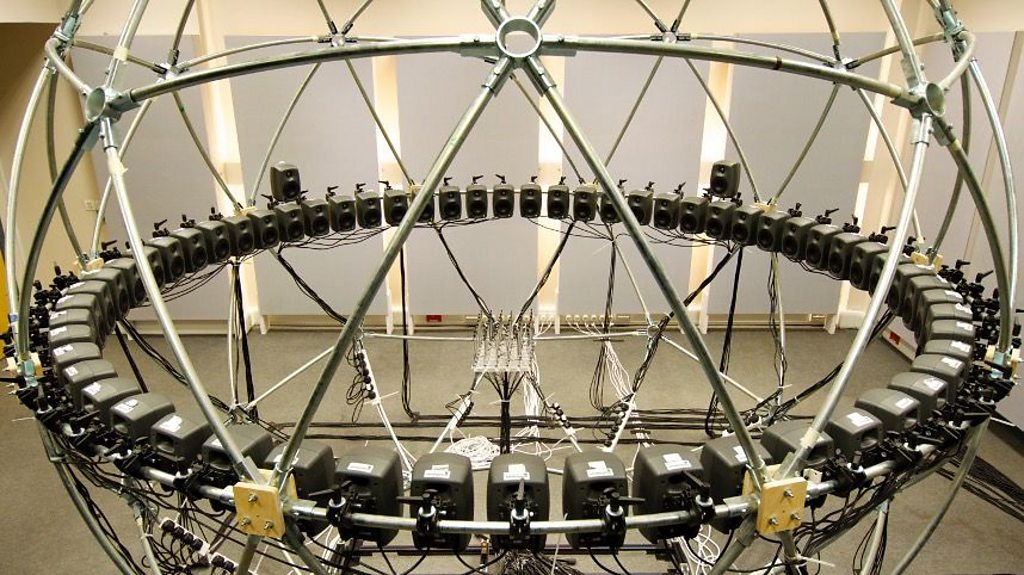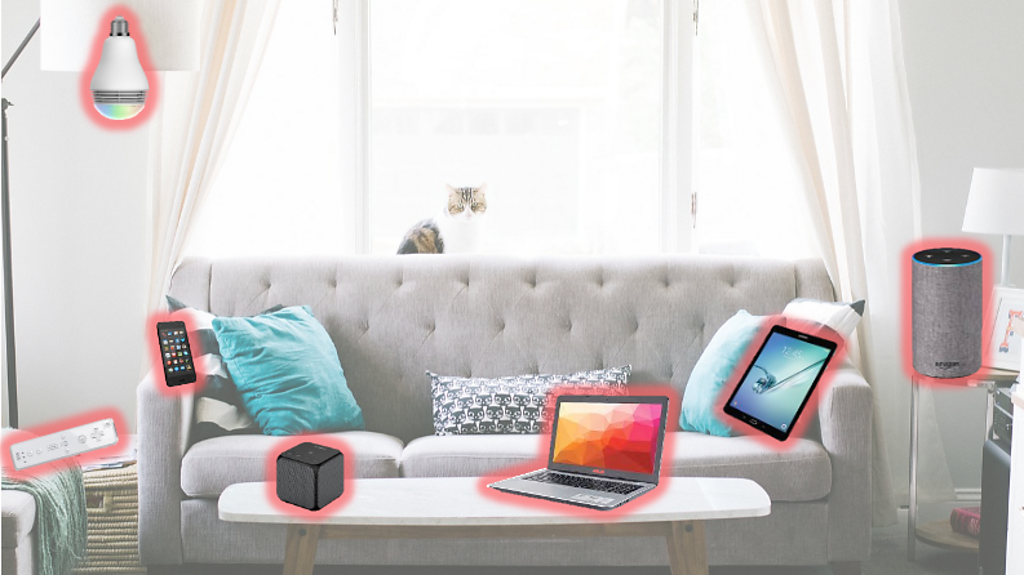
Spatial Audio in 30 seconds
1
Spatial Audio is sound that includes sonic cues, like height, distance and rotation, allowing the listener to pinpoint where in a space that sound is coming from.2
Spatial Audio experiences have a greater sense of immersion and generate stronger and more emotive responses from audiences.3
Spatial audio comes in a range of formats. We already use spatial hearing in our everyday lives.
What is Spatial Audio?

Spatial audio is audio that includes the spatial cues captured in sound. The human brain is so powerful and complex that it can broadly identify where a sound is coming from in a 360 degree field. It can be from above or below, left or right, in front of or behind and we are still able to identify the source. Our ability to discern this information has been key to our survival.
We are now looking to bring this level of audio detail to media experiences in order to make them more immersive and engaging.
The bigger picture of Spatial Audio

Spatial Audio - The journey to 3D Spatial Audio Spatial audio is an umbrella term covering a range of audio types. As audio technology has advanced, more and more spatial information has made its way into experiences. 3D Spatial Audio is the latest step in the quest for ever more true-to-life sonic experiences.

Communal Spatial Audio Communal spatial audio is the most commonly experienced form of this kind and is achieved through the use of surround sound or 3D spatial systems. First pioneered in cinemas, surround sound arrays offered a unique and cost-effective way of enhancing viewing experiences. However as surround sound set-ups have migrated into homes, some of the limitations of this technology have become more apparent.

Personal Spatial Audio As computer software becomes more advanced and the miniaturisation process driven by advances in smart phone technology accelerates, we are likely to see a greater number of personal spatial audio experiences being created. Currently there are two primary ways of delivering personal spatial audio - a software-led approach or one that is peripheral-led.

Binaural & 3D Spatial Audio Binaural audio and 3D Spatial Audio are two audio types that convey a high degree of spatial information to the listener. Binaural audio can only be experienced when used in conjunction with closed systems like headphones. This is because the left and right signals are separated and isolated. Experiences using 3D Spatial Audio contain cross-talk, where speaker signals overlap and mix together before reaching the listener.

Spatial Audio - Consumer Services Consumer services are increasingly building in spatial audio capabilities into their products. The adoption of this technology is still in its early days.
Why is 麻豆官网首页入口 R&D interested in Spatial Audio?

We are interested in exploring the role that Spatial Audio could play in enhancing existing media experiences, as well as its potential as a standalone medium. In its capacity to support existing media types, we are interested in exploring creative applications that would add value to audiences. Alongside this, we are also interested in improving and refining the underlying systems that make spatial experiences possible - synchronisation tech between core systems and auxiliary devices, second screen technology, and personalised or customisable soundscapes to name a few.
As a standalone medium, spatial audio can be explored in several innovative and novel ways, and the impact on audiences of spatialising audio experiences is something we are keen to explore.
Alongside both of these concepts, are more specific themes that are worthy of further exploration. Spatial Audio is well suited to delivering communal listening experiences, in addition to participatory ones where audiences are not passive consumers. The idea that audiences could be actively involved in shaping their media experiences is another area we would like to investigate.
